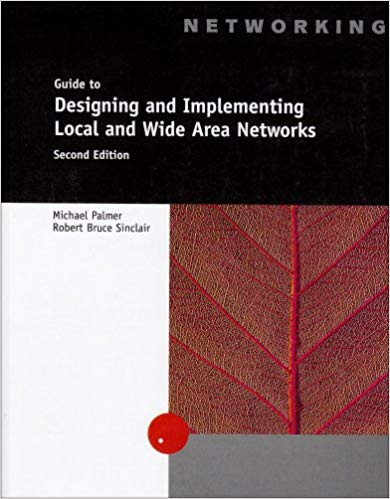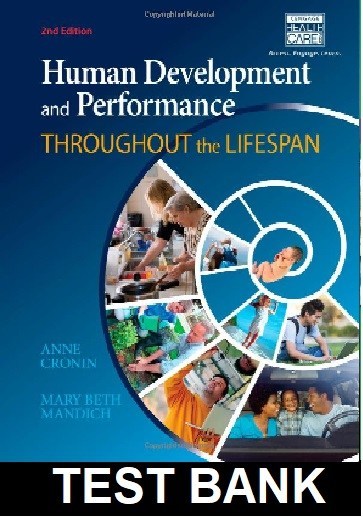In Stock
Human Development And Performance Throughout the Lifespan 2nd Edition By Cronin – Test Bank
Edition: 2nd Edition
Format: Downloadable ZIP Fille
Resource Type: Test bank
Duration: Unlimited downloads
Delivery: Instant Download\
$15.00
Human Development And Performance Throughout the Lifespan 2nd Edition By Cronin – Test Bank
ISBN-13: 978-1133951193, ISBN-10: 1133951198
Chapter 1
Human Performance: Function as an Organizing Framework
- Quality of life is a term that means:
- Absence of disease
- Fulfillment of basic, but not complex needs
- Perception of life satisfaction
- Long life expectancy
- The International Classification of Functioning, Disability and Health is associated with all of the following terms EXCEPT:
- Activities and Participation
- Handicap
- Contextual Factors
- Structure and Function
- Which of the following would NOT be considered an activity of daily living (ADL)?
- Brushing teeth
- Going grocery shopping
- Preparing a meal
- Eating a meal
- If an individual can walk 10 feet in the therapy gym using a rollator walker, you may assume:
- The person has the capacity to walk using the walker.
- The person demonstrates the performance of using the walker.
- This ability will be carried out in all other environments, including the home.
- This person will be a community ambulatory, with modifications.
- Employment is an important participation outcome for individuals in their 20s up until their 60s. Employment typically falls in the ICF dimension of:
- Learning and applying knowledge
- Self-care
- Major life areas
- Domestic life
- Therapists typically assume that if a person acquires the functional activity, participation will automatically follow.
This belief is: - True, because if people have the capacity, they will do the activity in a participatory way
- Not always true, because capacity in a standard environment does not perfectly predict performance in a usual environment
- Proven through evidence-based outcomes research
d. Never inherent in typical assessments and practices of setting goals







